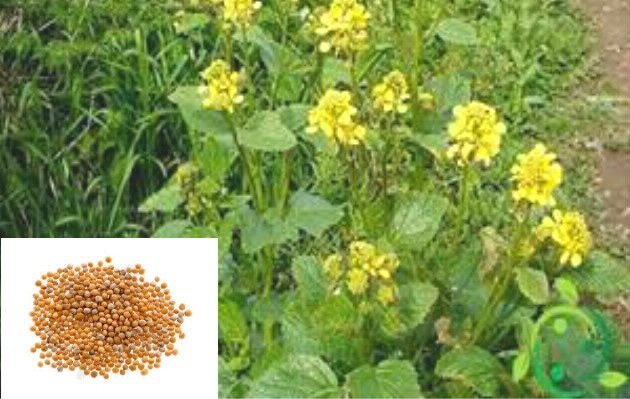INDICATIONS TO KNOW CROPPING MUSTARD
The mustard belongs to the cruciferous family, this plant is very easy to grow as it does not require much care, its production is abundant and it is very useful both in its leaves that are edible and in its seeds that are used for medicinal treatments as in food sauces. And we will see the benefit of growing mustard, the cultivation process and its care.
source
THE WHITE MUSTARD (sinapis alba)
The white mustard is the most common used throughout the world is also known by other names such as: ajenabe, yellow mustard, yerbanas, White mustard.
This plant is native to the Mediterranean region and has been distributed to southern Europe and central, in Western Asia. She grows wherever she is, you can find her in wild places, in the margins of the road, grain crops, land where cereals are cultivated, waste dumps. And it is cultivated more than anything for its seeds.
The white mustard is an annual herbaceous plant is not much height is 0.3 or 0.6 cm high, its stem is erect, simple, glabrous, cylindrical and rough to the touch due to its villi. Its leaves are petiolated oval and also have pubescence equal to the stem.
source
INDICATIONS FOR PLANTING
Climate:
- the ideal climate in which white mustard grows is in the cold, although it can also get used to any temperature, it occurs perfectly in the Mediterranean or in places that are not very dry.
- They grow in the sun or semi-shade, in slightly humid environments and cool in summer.
- Irrigated temperatures are favorable in irrigated fields.
They are usually resistant to frost, and a height of 0 and 2,300 cm.
Soil:
- it requires a wet or dry soil with good drainage s.
- nIt has a well branched root system that can thus benefit from all the soil nutrients.
- It is better for calcareous soils, which are of medium consistency, sandy or loamy soil that can retain moisture.
- It needs a neutral and basic soil with a pH higher than 6, this plant can adapt to almost any type of terrain, but with a lower pH of 5.4 it would negatively affect the plant.
Irrigation:
- when the plant has left the first 4 leaves, is where we must make the watering.
- If it has not rained the next two weeks we should water it again.
- Have a good control of watering periodically taking care not to puddle, just keeping the soil moist.
Flowering and fruit:
- it blooms at 6-8 weeks after its sowing, the flowers of this plant release a pleasant smell and it is melliferous. Fructifies 1 month after its flowering.
source



